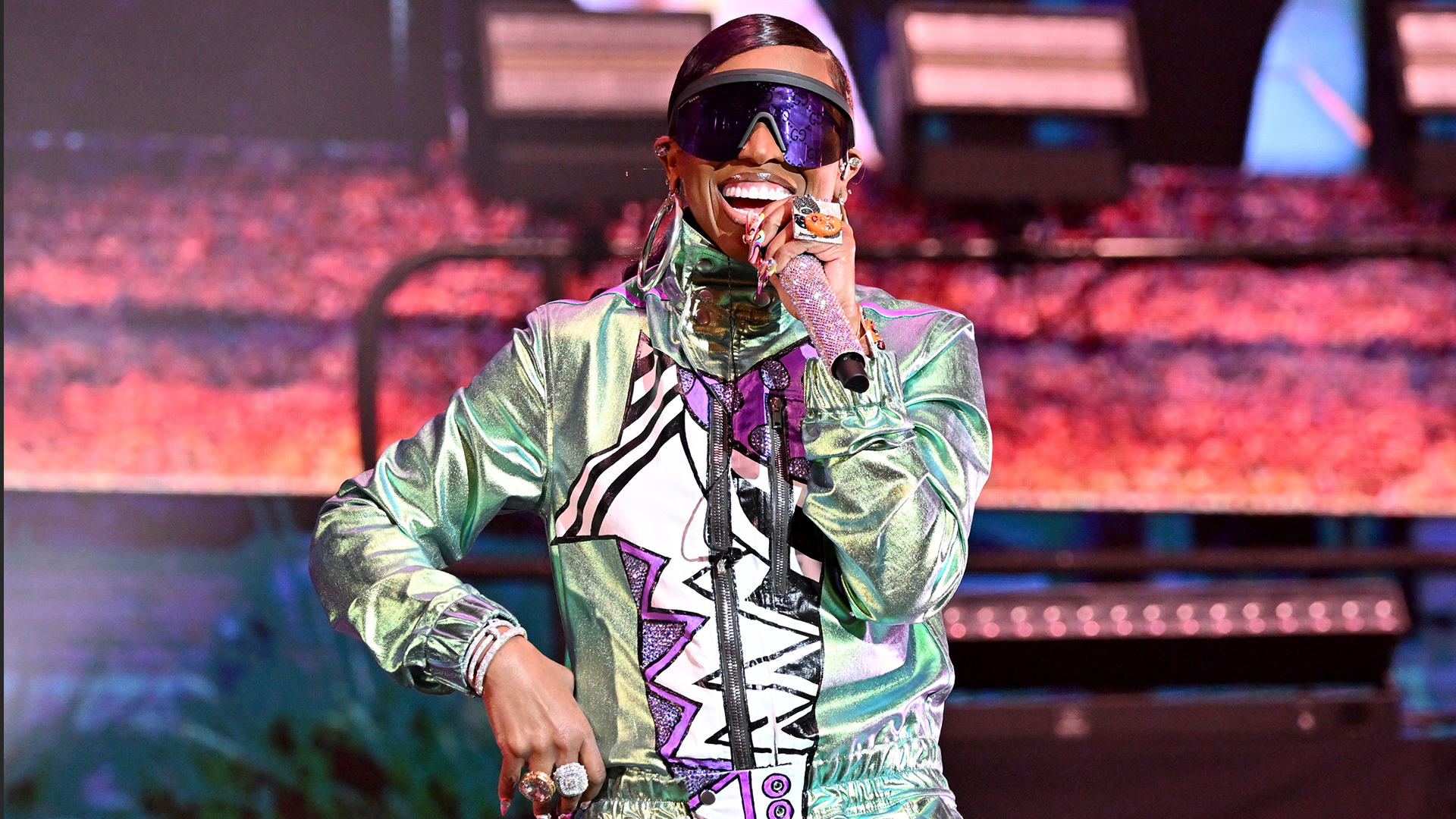

NASA has made history by transmitting Missy Elliott's 1997 debut solo single 'The Rain (Supa Dupa Fly)' to Venus using their Deep Space Network. The transmission traveled approximately 158 million miles from Earth to Venus at the speed of light, taking nearly 14 minutes to reach its destination. The song was transmitted on July 12, 2024, at 10:05 a.m. PDT. The transmission was made possible by the 34-meter wide Deep Space Station 13 (DSS-13) radio dish antenna located at NASA's Deep Space Network's Goldstone Deep Space Communications Complex in California [3cac6702].
Brittany Brown, the Director of Digital Communications at NASA, pitched the idea to Missy Elliott's team, and she chose Venus as the destination for her song transmission because it symbolizes strength and empowerment. Missy Elliott expressed her excitement and gratitude for the opportunity to share her art and message with the universe. She is known for infusing space-centric storytelling and futuristic visuals in her music videos. The Beatles were the only other artists to have their music transmitted to space before Missy Elliott [3cac6702].
Missy Elliott's song transmission to Venus is a significant milestone in the intersection of music and space exploration. It represents the power of art to transcend boundaries and reach new frontiers. The transmission of 'The Rain (Supa Dupa Fly)' showcases the influence and cultural impact of hip-hop, as well as the innovative spirit of NASA in using music to connect with the cosmos [3cac6702].
This transmission was part of a communication test conducted by NASA ahead of planned missions to Venus in the late 2020s and early 2030s. The test was carried out using the Deep Space Network, and it took 14 minutes for the transmission to reach Venus, which is over 150 million miles away from Earth. The Deep Space Station 13 dish located in California was used for the test. Previous song-related space endeavors include NASA sending The Beatles' music into space in 2008 and South Korea's lunar mission testing a wireless communication system using K-pop band BTS's song [d21e3815].
Missy Elliott was chosen for this test due to her love of all things cosmic and her music. She described Venus as her favorite planet and expressed her excitement about her songs reaching the universe [d21e3815].
NASA has transmitted mission details to the Planetary Society's Dupa Fly spacecraft, which is set to travel 158 million miles to the planet Venus. The mission aims to study the atmosphere and surface of Venus, as well as search for signs of past or present life. The Dupa Fly spacecraft will be powered by a plutonium-238 radioisotope thermoelectric generator and will use a gravity assist from Earth to reach Venus. The mission is expected to launch in 2028 and arrive at Venus in 2031. The Planetary Society is collaborating with NASA on this mission.